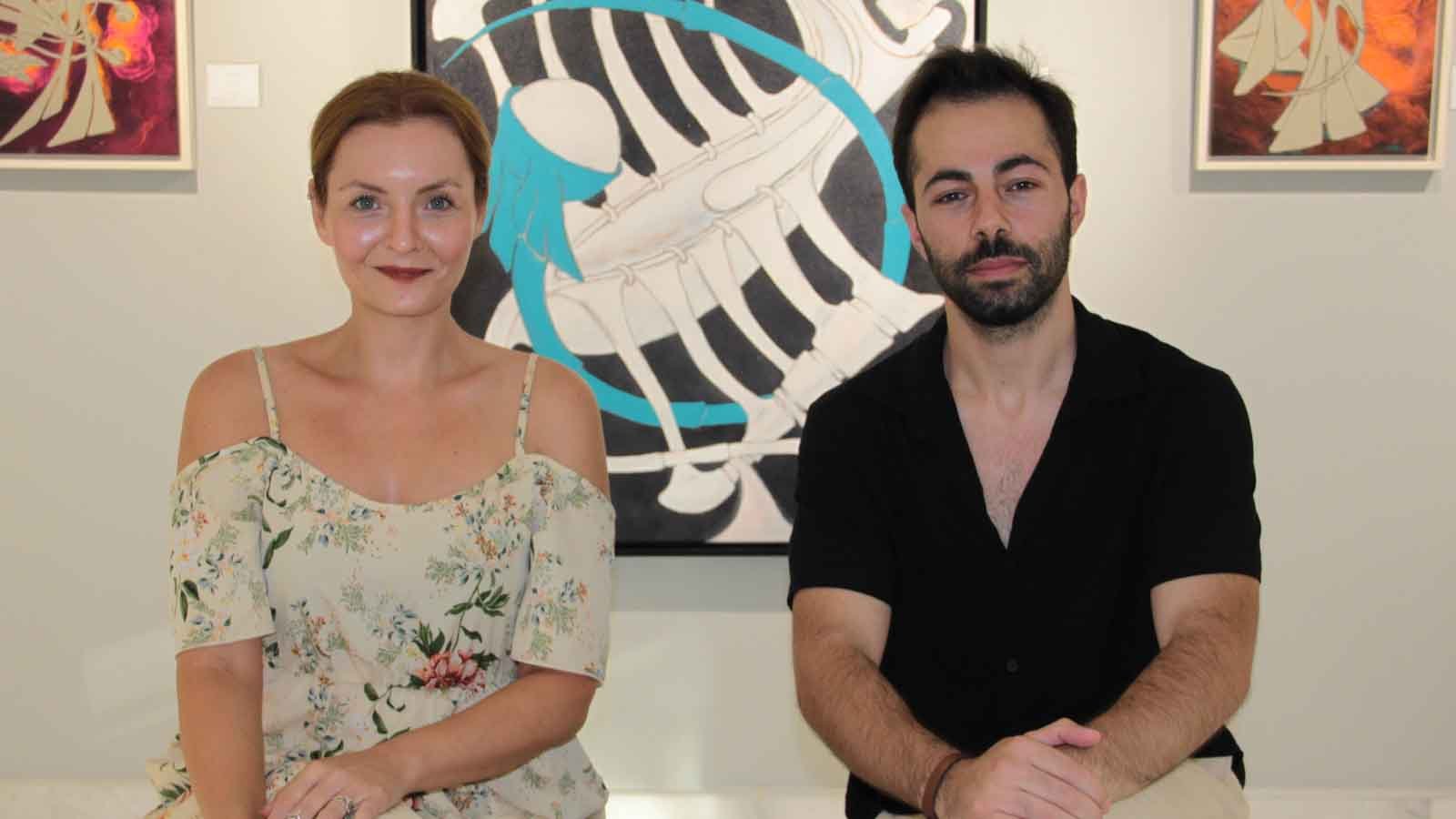The brain is the most complex and mysterious organ of the human body. With an incredible functioning, the brain serves as a central control system that directs us to think, feel, and move. This magnificent organ, filled with intriguing brain functions, operates through electrical and chemical communication among nerve cells. While controlling our subconscious and storing our memories, the brain also regulates our emotional responses and nurtures our imagination and creativity. Although the complexity and workings of brain functions are still largely uncharted, scientists strive to shed light on the mysteries of this fascinating organ by acquiring more knowledge every day.
Neural Networks and Synapses: The complexity of the communication network among nerve cells in the brain and the significance of synapses.
The brain is equipped with a complex neural network, and communication between nerve cells occurs through this network. Nerve cells, called neurons, communicate with each other through electrical and chemical signals. The points at which this communication takes place are called synapses, which are fundamental building blocks of the neural network.
Synapses enable the transfer of information between neurons and control the functioning of the communication network in the brain. Electrical signals in nerve cells are transmitted to the receiving neurons in the synaptic cleft through chemical substances called neurotransmitters. This communication is vital for the processing, storage, and transmission of neural information.
The complexity of the neural network allows for the execution of thoughts, movements, perceptions, and other complex functions in the brain. The number and strength of connections between nerve cells determine the flexibility and adaptability of the neural network. The brain constantly strengthens or weakens the connections in synapses to adapt to our experiences and environmental stimuli, playing a crucial role in learning and memory processes.
The complexity of the neural network and the significance of synapses have a profound impact on understanding brain functions and the treatment of neurological disorders. Scientists conduct research to better understand the functioning of the neural network in the brain and the functions of synapses. These studies provide valuable insights into various areas, such as brain development, learning processes, memory disorders, and neurological diseases.
Memory and Learning Processes: Research on how the brain stores information, forms memories, and learns new skills.
Memory and learning processes constitute one of the most fascinating and complex areas of brain functions. The brain has a complex network structure for the storage of information, formation of memories, and acquisition of new skills.
The process of information storage occurs through the formation of long-term memory. The connections between neural networks in the brain play a significant role in the storage of information. The electrical and chemical signals of neurons strengthen at synaptic connections, leading to persistent changes known as memory traces. This enables the transfer of information to long-term memory, which can be retrieved later.
The formation of memories is also a crucial part of the memory process. When the brain perceives environmental stimuli, it processes these stimuli to create memories. Neural networks in the brain integrate our experiences, emotional responses, and sensory information to facilitate memory formation. In this process, a structure called the hippocampus helps in the temporary storage of new information and its subsequent transfer to long-term memory.
The learning process is concerned with the acquisition of new skills and the acquisition of knowledge. The brain achieves learning by strengthening neural connections through repeated experiences and practice. Learning occurs due to the flexibility of neural networks. The brain maintains strengthened synapses through repeated stimuli while weakening unused connections.
Although memory and learning processes are not fully understood, scientists conduct extensive research in these areas. These studies aim to better understand the brain’s ability to change, known as neuroplasticity, and the processes of learning. The knowledge accumulated in these fields is of great importance for the treatment of brain health problems and memory disorders.
Sensory Processing and Perception: The processes by which the brain detects, processes, and interprets environmental stimuli.
Sensory processing and perception involve the processes of perceiving, processing, and interpreting environmental stimuli by the brain. The brain receives stimuli such as visual, auditory, tactile, gustatory, and olfactory signals from the external world through various sensory organs and processes these stimuli within the brain, transforming them into meaningful information.
The first step is the detection of stimuli by sensory organs. For example, our eyes detect light waves, and the auditory organs perceive sound waves. These stimuli are converted into neural signals and transmitted to the brain.
The second step is the transmission of these neural signals to the relevant areas in the brain. For instance, visual stimuli are transmitted to the brain region called the visual cortex, while auditory stimuli are transmitted to the auditory cortex. The brain has separate processing centers to handle different types of stimuli and integrate information from different sensory regions.
The third step is the processing and interpretation of stimuli in the brain. The brain associates incoming stimuli with previous knowledge and experiences to process them meaningfully. For example, we recognize objects by seeing them or identify a sound when we hear it. In this process, the connections between neurons and synaptic communication in the brain play a significant role.
Through the process of sensory processing and perception, we obtain meaningful information about environmental stimuli and make sense of our surroundings. The brain processes stimuli using mechanisms such as interstimulus differences, attention, and prioritization, providing us with focused perception. For instance, in a crowded environment, we only hear important sounds, or when we focus our eyes on an object, we blur the surrounding image.
Sensory processing and perception are complex processes that are not yet fully understood. However, brain and neuroscience research is advancing to better understand these processes. The examination of sensory disorders or perceptual illusions provides valuable insights into the functioning and health of these processes in the brain.
Emotional Functions: The formation of emotional responses, processing of emotional experiences, and how emotional control takes place.
Emotional functions encompass complex processes involved in the formation of emotional responses, processing of emotional experiences, and the regulation of emotional control in the brain. The brain assists in controlling our emotional states and regulates our emotional responses to environmental stimuli.
The formation of emotional responses begins with the activation of emotional centers in the brain. These structures include the amygdala, hypothalamus, and prefrontal cortex. The amygdala evaluates emotional stimuli and triggers rapid emotional responses. The hypothalamus controls physiological responses alongside emotional reactions. The prefrontal cortex plays a significant role in integrating emotional experiences with cognitive processes and emotional control.
The processing of emotional experiences occurs through the interaction of neural networks in the brain. Emotional stimuli are processed in perceptual centers, where emotional evaluation takes place. This evaluation is shaped by personal experiences, learning, and social interactions. The brain associates emotional experiences with memories and triggers emotional responses in similar situations in the future.
Emotional control refers to the regulation and management of emotional responses. The prefrontal cortex plays a crucial role in this process. It assesses and modulates emotional responses and inhibits them when necessary. This allows for appropriate expression of emotional responses and the establishment of social harmony. Neural networks in the brain combine conscious effort, attention, and cognitive processes in the process of emotional control.
Understanding emotional functions plays a vital role in the treatment of emotional disorders and the enhancement of emotional well-being. The complexity of emotional centers and neural networks in the brain explains the individual differences in emotional experiences and the diversity of emotional disorders. The relationship between the brain and emotional functions is actively studied in the fields of psychology, neurology, and psychiatry.
Creativity and Imagination: The role of the brain in creativity processes, how imagination is shaped, and how artistic abilities are represented in the brain.
Creativity and imagination occur through the combination of complex processes in the brain. The brain works by activating various regions during the creative process. Among these regions, the important ones are the prefrontal cortex, parietal lobe, temporal lobe, and limbic system. The prefrontal cortex evaluates different options and strategies during the creative process, while the parietal lobe plays an important role in connecting thoughts in the creative process. The temporal lobe is used for remembering memories and emotional experiences during the creative process. The limbic system helps establish emotional connections during the creative process.
Imagination is an integral part of the creative process. The brain utilizes different neural networks to generate imagination. The visual centers in the brain create the visual elements of imagination, while the language and symbolic thinking centers create the verbal aspects of imagination. Neural networks in the brain utilize visual, auditory, tactile, and olfactory memories to support the functioning of imagination.
Artistic abilities are closely related to creativity processes and emotional functions in the brain. Artistic abilities in the brain emerge through the activation of various regions. For example, artistic abilities related to visual arts involve not only the visual centers but also regions such as the parietal lobe, temporal lobe, and prefrontal cortex. Musical abilities, on the other hand, arise through the interaction of auditory centers and regions like the prefrontal cortex.
Creativity and imagination are among the most distinctive features of human intelligence. The brain operates in a complex manner through the combination of various neural networks during the creative process and the formation of imagination. The creative process is a phenomenon resulting from the interaction of different brain regions and neural networks, and it is actively studied in the fields of psychology, neuroscience, and art.




























